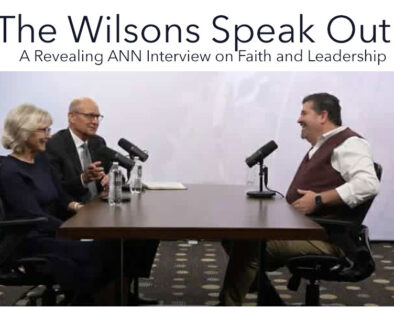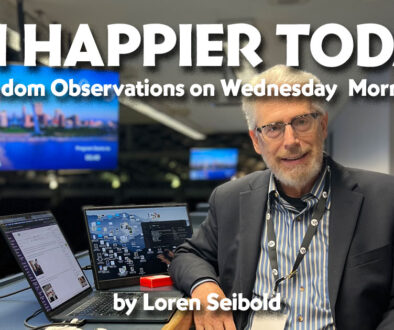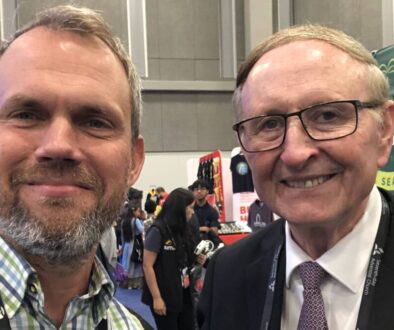A New Way for North America to Support World Missions
By Loren Seibold and Monte Sahlin | 13 December 2018 |
In a private conversation with a member of the North American Division (NAD) committee during the annual meeting in November, we were talking (as was everyone at the time) about the “compliance” document voted by the General Conference Executive Committee and the subsequent responses by the NAD committee, one financial, the other having to do with policy. Loren made the observation, as many have, that the leaders in the developing world seem to be very susceptible to demands based on authority, and he wondered why. Is it resentment against the western church? Or is it just the culture in the southern hemisphere—people like strong, demanding leadership? “I think there’s more to it than that,” his conversational partner answered. “Elder Wilson controls the money that goes to each of the divisions.”
Now, whether Elder Wilson made their appropriations dependent upon their voting with him, we can’t know for sure, because we weren’t there. However, it does seem a potential conflict of interest to make the elected leaders of the world church responsible for passing out the funds given by the western church, to those who vote for their proposals at every committee meeting between sessions.
Should we expect all mission programs to tighten their belts to accommodate the wealthiest region in the denomination? We fear that if we aren’t gracious supporters of work outside the NAD, we’re going to lose some of the basic values that make us Adventists.
If you’ve read Adventist Today’s report from the NAD meeting on tithe parity, you know that the NAD executive committee voted to negotiate a rapid reduction in the amount of tithe money that the NAD sends to the General Conference (GC)—which essentially means less to support missionaries. There’s an argument to be made for withholding money in order to put pressure on the GC. But should we expect hundreds of mission programs to tighten their belts to accommodate the desires of this, the wealthiest region in the denomination? We fear that if we aren’t gracious supporters of work outside the NAD, we’re going to lose some of the basic values that make us Adventists, one being a commitment to world mission. If this step were taken, we also fear that more and more money will go to independent ministries, which in some cases merely claim to fund overseas missions while spending a lot on themselves.
At the GC executive committee meeting in Battle Creek, one member of the auditing committee, in a comment from the floor, came clean that the reason that a hundred-plus-million-dollar tithe gift was kept by the GC rather than credited (as policy says it should be) to the Oregon Conference is because GC leaders believed that a local conference can’t be trusted with that much money. Let’s turn the tables: We argue that the 6% of tithe beyond operating expenses that the GC receives from the NAD (roughly $60 million in the latest year on record) is too much money to be entrusted to the General Conference of Seventh-day Adventists. In other words, that organization has too strong of an agenda, and too many conflicts of interest, to be trusted to manage the NAD’s world mission money.
We believe we should be generous to the world church. But how should that money be administered? Herewith a modest proposal that might move us out of the troublesome spot we’re in right now, and restore our responsibility to The Great Commission.
An NAD Missions Board
One of the ways in which Protestant churches have managed troublesome decisions about missions since the 19th century is to set up independent mission boards. The purpose: to represent the donors’ intentions; to not allow mission spending to get tangled in church politics; to monitor and audit the work being done with donated funds; and to gather funds from various places to work more effectively with coordination.
We suggest that the NAD should establish its own mission board to administer tithe moneys for world missions.
We suggest that the NAD should establish its own mission board to administer the tithe money from the union conferences in North America that is used for the mission of the world church.
The board would be chosen not by the General Conference or the North American Division, but by each of the union conferences in the NAD. The NAD Missions Board would collect the 6% of tithe from the union conferences, and administer it directly for missions programs outside the division. We believe that what led to the decision on November 6 was not that the NAD is stingy, but that our generosity is unappreciated, and sometimes used against us. This portion of the tithe money is now managed by the General Conference, and as Elder Jackson so clearly stated in his end-of-meeting air-clearing session, our GC president and several of his friends in the world divisions have been nothing but mean-spirited toward the NAD.
The solution is not to withdraw our funding, but to administer it better—which means that the donors—in this case, the NAD—should administer it. This could be done in coordination with the General Conference Secretariat, which gathers and screens proposals for where missionaries are needed in other world divisions. But the decisions should not to be driven by the agenda of the General Conference officers alone.
Why We’re Proposing This Idea
Here is why we need an NAD mission board.
First, we should support the church where it is growing. For close to half a century, we Adventists have tried to reach out to people groups when and where they are receptive. (C. Peter Wagner admitted in some of his books that he developed his theories of reaching receptive people groups by watching Seventh-day Adventists.) If we spend all our money here where people aren’t receptive, as seems to be the case right now in most of English-speaking North America, we miss the chance to win thousands more where they are receptive.
Second, we do not want to become, or even appear, selfish and ungrateful. Our members still long to support the mission fields. Again, our feeling about the November 6 meeting was not that people wanted to withdraw money from world missions, but that they don’t trust the General Conference leaders.
Third, rather than our money being used against us, we would have the opportunity to spend our money in ways that fit with our values. A friend in another division stated, “You wonder why our leaders are so conservative. Well, all you send us over here is Doug Batchelor and his like. It would seem like more liberal voices in the church should have a big influence here in preaching against caste and tribe divisions, and for social action. But we never hear from that part of the church. All we hear from is Doug Batchelor.” Money shapes mission: how could we shape our mission if the NAD were directing the use of the money?
Fourth, we need to audit more closely our giving to mission programs. Other mission organizations have admitted that there is a crisis of corruption in some developing nations; we Adventists have not yet come to grips with that reality. Loren was scolded personally by one GC official because Adventist Today has dared to publish a few of the many reports we have of overseas theft and mismanagement by church leaders; he said Adventist Today was just embarrassing the church. Perhaps: but that doesn’t change the fact that it is happening, and local auditors aren’t catching it, or perhaps even looking for it. In the past, the GC has prided itself as being a single point of control to keep everyone in compliance. But the world church can no longer be monitored from that office, or these complaints wouldn’t be coming in from all over the globe. An NAD missions board could face this problem realistically, and build into its administration procedures to correct for fraud and corruption.
Fifth, this would be a powerful argument for Elder Jackson to take to the GC leaders when he carries out the motion voted 6 November. He would not be proposing taking away money going to the world church, but letting the donors play the key role in managing it.
Sixth, if we don’t put some effort into supporting overseas projects, other parachurch organizations will take that money. If you think we have a hard time policing money going through official channels, wait until you have it going through anyone who puts up a website and says they’re doing a project for the church in Asia or Africa or Latin America.
Finally, we feel that rather than reducing the NAD contribution to the world church, a NAD missions board could actually help us expand it. In addition to the tithe (which must by policy be spent only on a certain defined set of things, which includes personnel, but also evangelism expenses, conference office expenses and equipment and camp meeting expenses) a NAD Missions Board could also have a staff of planners, auditors, and project managers to help other organizations or individual donors who want to give to particular projects. In addition to managing the 6% of our tithe which supports missionaries, it could receive additional project monies, and perhaps branch out into funding building projects and evangelistic campaigns. With NAD mission board oversight, we could make sure that such projects are well-planned, audited, and implemented, and perhaps avoid the kinds of problems we have seen in the Hope Center.
We have a big church organization, and an active and capable group of leaders in our NAD office in Columbia, MD. We have the tools and resources and talent to implement this concept. Let’s do it.
Dear Adventist Today readers: I’m inserting this note to tell you that we are right now conducting our end-of-year fundraiser. Adventist Today is largely a volunteer organization, but if we’re going to continue to provide you with stimulating news—often news you get nowhere else—and fascinating commentary by some of the best writers in the denomination, we do need some financial support. If you want to see us continue to do the journalism that you’ve been accustomed to from Adventist Today, would you follow this link and give us a gift now? Loren Seibold, Executive Editor, Adventist Today website and magazine.
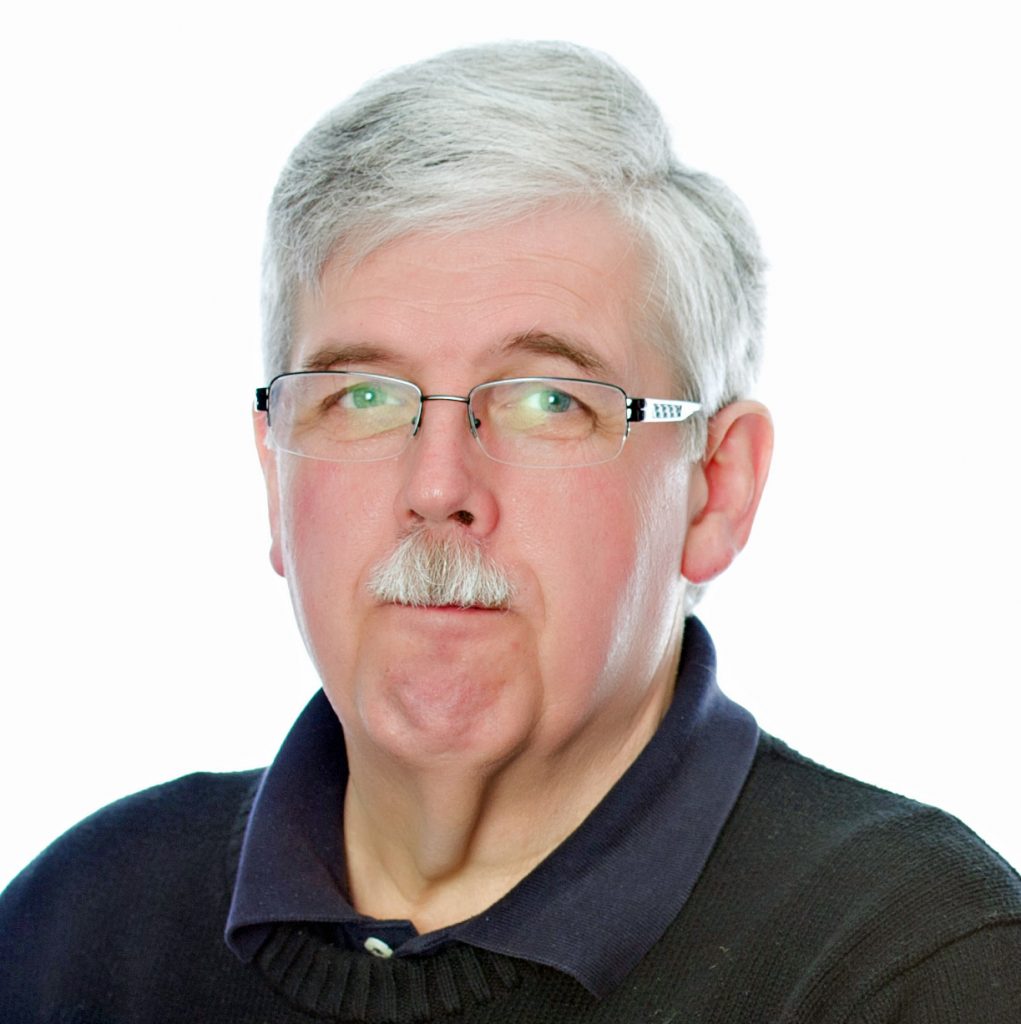 Monte Sahlin is a retired pastor and church administrator. He is the executive officer of the Adventist Today Foundation. He writes from Kettering, Ohio.
Monte Sahlin is a retired pastor and church administrator. He is the executive officer of the Adventist Today Foundation. He writes from Kettering, Ohio.
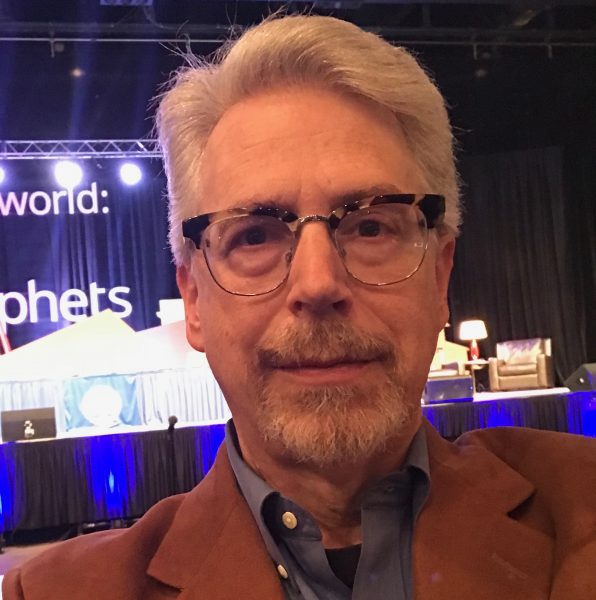 Loren Seibold is a pastor in the Ohio Conference, and the Executive Editor of Adventist Today.
Loren Seibold is a pastor in the Ohio Conference, and the Executive Editor of Adventist Today.


